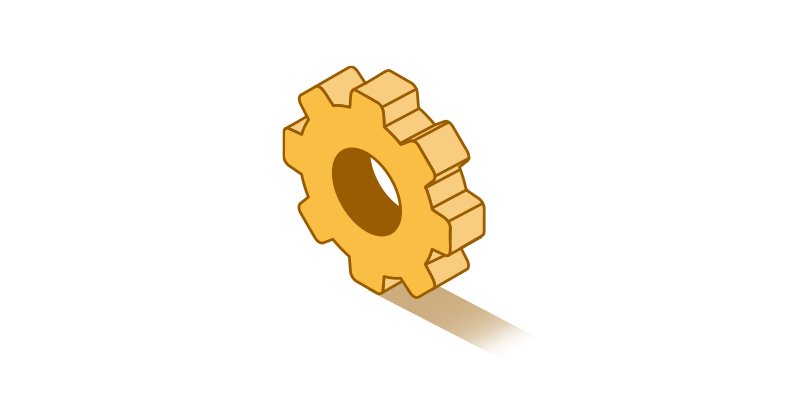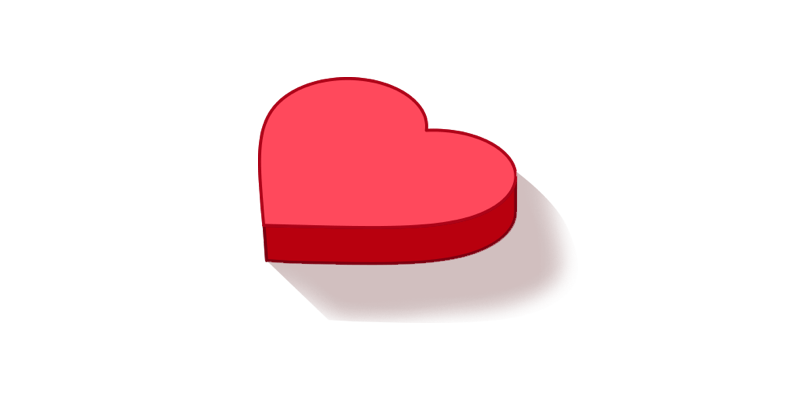Learning Through Play: Physical skills
Being physically active, understanding movement and space through practicing sensory-motor skills. Spatial understanding and nurturing an active and healthy body.
LEGO Braille Bricks activities’ aim is to work simultaneously on skills commonly worked at school (academic skills) or specific to visually impaired children (VI skills). Both are essential to deeply understand concepts and develop a breadth of skills.
Academic skills
- Name spatial relationships
- Use spatial phrases, especially those based on oppositions: on/under, in/out, next to/far from…
- Name logical relationships
- Adopt a comfortable posture
- Discover the “spatial organisation of a page”
- Take reference points in the page
- Find way around a page (go from left to right and maintain alignment)
- Use appropriate vocabulary : top and bottom, left and right ...
- Track each letter, chain several letters together, produce a series of identical letters
- Recognize real situations that can be modeled by geometric relationships (alignment, parallelism, perpendicularity, symmetry)
- Use and produce representations of solids and spatial situations
- List, enumerate the characteristic elements of shapes, objects...
- Use and produce representations of location
- Construct spatial landmarks: find direction, orient and locate self in a geographical space
- Use the eight points of a compass
- Locate objects or people in relation to each other or to other landmarks
- Engage in an activity over time and explore different possibilities, using manipulated objects
- Build a construction, copy from a manipulated or observed reference model
- Handle with care
- Carry out increasingly complex assemblies
- Understand collective rules
- Achieve, through parallel actions, a common goal or effect
- Be part of a given team and play different complementary roles
- Play competitive games
- Locate self in a space opposing the project of opponents or teams simultaneously playing an antagonistic role
- Compare previous and current performances to demonstrate improvement and achieve personal bests
- Develop motor skills and build body language
- Adapt motor skills to various situations
- Acquire specific techniques to improve efficiency
- Develop active body mechanic
- Learn through action, observation, analysis of personal action and observed activity
- Appropriate methods and tools to learn
- Learn by trial and error, cause and effects
- Learn to preplan actions
- Repeat a gesture for stabilization and effectiveness
Visual impairment skills
- Improve listening comprehension skills
- Recognize literal meaning: understand conversation, stories
- Understand vocabulary
- Identify main idea
- Summarize content
- Make Inferences / auditory closure: fill in the blanks, interpret what is said
- Analyze/determine point of view of a speaker
- Analyze a speaker’s reasoning or draw conclusions
- Improve auditory awareness skills
- Detect sound, be aware that sound exists and responds to sound stimuli
- Locate the sound source: front/back, left/right, near/far, in relationship to own body
- Isolate sounds/words/phrases among environmental sounds
- Improve auditory discrimination skills
- Detect differences between sounds in the environment
- Discriminate non-phoneme aspects of speech: rate, intensity, duration, pitch, and overall prosody (Loud, soft, quiet, high pitch, low pitch)
- Discriminate sounds in words (syllables)
- Improve auditory memory skills
- Retain auditory information immediately
- Retain auditory information after a delay
- Locate objects by touch
- Randomly find objects
- Actively reach out to touch objects
- intentionally search for an object
- Manipulate: make an intentional movement with an object
- Explore and discriminate to get information about the tactual properties of an object (by moving hands or by moving the object)
- Lateral motion (texture)
- Pressure (hardness)
- Static contact (temperature)
- Unsupported holding (weight)
- Enclosure (global shape volume)
- Contour following (global shape/exact shape)
- Recognize and discriminate SIZE by touch
- Demonstrate the tactile discrimination of size (e.g., large/small, big/little, medium, thick/thin, wide/narrow)
- Compare sizes
- Match by sizes
- Sort by sizes
- Recognize and discriminate SHAPES by touch
- Discriminate between 3D shapes
- Identify shapes (e.g., round/circle, square, triangle, rectangle, oval)
- Match (3D or 2D) shapes
- Sort by shape
- Recognize and interpret tactually solid embossed shapes, outlines of objects, raised lines, raised symbols
- Recognize and discriminate RAISED LINES by touch
- Match raised line shapes
- Identify raised line shapes
- Match one-to-one objects/shapes/angles
- Sort similar objects/shapes
- Replicate a pattern of objects/shapes in a defined space
- Compare - discover similarities, differences, and preferences: sort and match
- Organize: find objects in their usual place; return them to their usual place; sort or categorize by placement, function, attribute; gather materials for a task
- Develop grasp and release
- Develop Wrist flexibility: rotary, flexion and extension motion
- Develop finger isolation: single fingers use
- Develop bilateral hand use
- Develop hand and finger strength
- Develop tactile tracking skills
- Use both hands to track across a continuous line on a page
- Sustain tracking along a line of braille
- Use both hands to track across broken lines on a page and identify space between lines
- Track words across a page locating spaces between words
- Relocate hands to beginning of next line
- Locate first word or letter on a line
- Count number of words or letters across a line
- Identify which word or letter is different/same
- Locate, read a line
- Locate, read an identified number of word or letter on a line (i.e. 4th word on line 2)
- Coordinate several motor skills in one activity
- Start and stop locomotor movement upon request
- Follow a variety of directions involving moving the body with feet in one place (bend sideways, squat down)
- Play with several different toys and equipment for gross motor activities
- Run for short distances
- Use blocks or other objects to build constructions
- Run and turn, starting and stopping on cue
- Perform simple locomotor and tumbling stunts
- Perform basic ball skills
- Demonstrate knowledge of the rules and technical vocabulary of games and sports
- Play a variety of physical games and sports
- Demonstrate skills for challenging physical activities
- Recognize movement: go, start, stop, fast, slow, push, pull, scribble, draw, trace, bend, close, open, slide, roll(roll up), fold, hold, insert, place (put), put together, reach, sit, squeeze, turn, take apart, follow
- Identify spatial relationship within a braille cell, a line, a page
- Locate top, bottom
- Locate left, right, middle, corner
- Locate page numbers
- Locate first, last, designated number of line (i.e. 4th from the top), beginning/end of line
Download & print

Learning Through Play: Creative skills
Coming up with ideas, expressing them and transforming them into reality by creating associations, symbolizing and representing ideas and providing meaningful experiences for others.

Learning Through Play: Social skills
Collaborate, communicate and understand other people’s perspectives through sharing ideas, negotiating rules and building empathy.

Learning Through Play: Cognitive skills
Concentration, problem solving and flexible thinking by learning to tackle complex tasks and building effective strategies to identify solutions.

Learning Through Play: Emotional skills
Understand, manage and express emotions by building self-awareness and handling impulses. Staying motivated and confident in the face of difficulties.